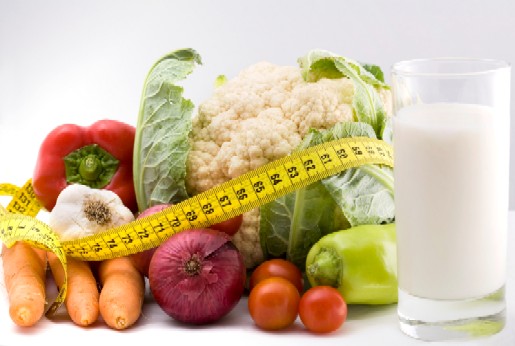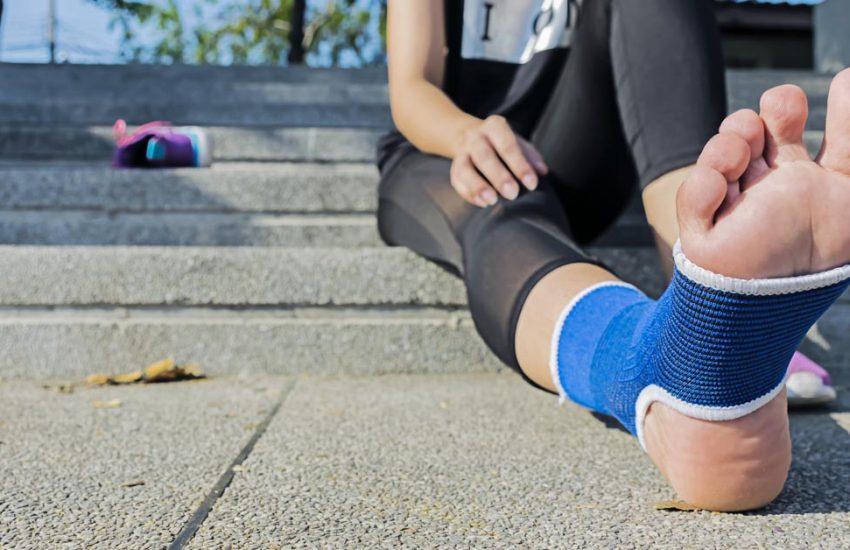How To Make Sports Safe For Kids
Image – free for commercial use
From Physical Education at school, after-school teams, and sports camps, lots of kids are taking part in sports all year round. While sports are great for physical fitness and learning skills like teamwork, all that time being active also means a higher risk of a sports-related injury. To make sure your child stays safe while they play and avoids nasty injuries, try some of these tips.
Talk With Your Child
If your child a budding athlete or sportsman, make sure that they understand how important it is they tell you or their coach if they feel any kind of pain, discomfort, or something not feeling right. They should be taking part in sports and activities that are pain-free, but some kids want to be tough and push through any pain. If an injury is left untreated, it can lead to a more serious problem which you could have avoided with early intervention.
Get A Preseason Physical
Before the main season for their sport starts, or before they go back to school, it can be a good way to get your child a physical. A physical can make sure that they are fit to play. Any areas of concern can be addressed before they start their sport or activity again and can keep your child from being injured further by playing if there is a condition or injury already presents that needs to be dealt with. Ask your child’s usual doctor to do their physical, or ask for a referral to a specialist in sports medicine. Injuries can be treated by your doctor, a sports masseuse, or top orthopedic surgeons.
Encourage Cross-Training And A Variety Of Sports
If your child really loves one sport, like baseball, it can be hard to convince them to do much else. If they’re playing on a weekend team, their school team, and practice at home, this can put a lot of stress on the same muscles and joints. This is why athletes need to change the sports and activities that they do. As a parent, you should try to limit your child from playing on multiple teams in the same sport, and making sure they change up their routine regularly. Remind them that professional sports players and athletes cross-train to improve their game, so should they. As well as their main sport, mix in things like swimming, cycling, or other activities.
Stress The Importance Of Warming Up
One of the most ways to prevent injury is stretching. This should be a habit for all athletes before they start a sport or activity, even for young children. A mix of static and dynamic stretches wors best during a warmup to loosen the muscles, raise the heart rate, and prepare the body for physical activity. Teach your child to do toe touches and stretches where they hold the position for a certain amount of time (there are static stretches), and some dynamic stretches where the body keeps moving, such as jumping jacks.
Make Sure They Rest
All athletes, no matter how young and energetic they are, should rest between practices, games, and events. If your young sports star isn’t getting enough sleep or is struggling with muscle fatigue, they’re more likely to get injured. Some of the most common injuries in young athletes come from overuse, usually from too much sport and not enough rest. You should be planning an offseason for your child, so they have enough time to rest and recuperate before the next season begins.
Provide A Healthy, Well-Balanced Diet
Your young sports player should be eating a well-balanced diet, made up of plenty of fruits, vegetables, and lean proteins. Keep them on a regular eating schedule, where they eat breakfast, lunch, and dinner at around the same time every day. If your child is taking part in a sport where there is a lot of focus on weight, like wrestling or dance, it’s vital to keep an eye on your child’s eating to make sure they aren’t falling into disordered eating habits or worrying too much about how heavy they are.
Emphasize Hydration
If your children are playing sports on hot or humid days, heat-related illnesses can be a major concern. Make sure your children always have plenty of water before, during, and after play and know how important it is to stay hydrated. You and they should know the signs of heat-related illness, including fatigue, nausea, vomiting, confusion, or fainting.
Get The Proper Equipment
Your child needs protective equipment to prevent injuries, such as helmets, pads, and proper shoes. Talk to their coach before the season starts to find out what they need, so you have enough time to get everything your child will need before practices start. Children grow fast, so make sure you check their kit regularly to make sure it still fits properly and is correctly protecting them. Talk to your child about how important the safety kit is, so they wear it even after when you’re not there to make them.
Emphasize Proper Technique
In all sports, there is a right way and a wrong way to do things. For example, if your child plays football, they should be taught the proper way to tackle an opponent player so they can do so safely and avoid concussions. Baseball players need to learn the correct way to throw and follow guidelines on how many throws they should make in a day to avoid injuries from overuse. Make sure your child learns good technique, and the proper guidelines for their sport, and follows them properly.
When To See A Doctor For A Sports Injury
There are some signs to be aware of that suggest an injury has occurred. If you notice any of these, it’s time to take your child to see their doctor.
- Consistent pain during or after playing sports
- Persistent or new swelling around a joint
- Recurrent instability – joints giving way
- Painful pops (nonpainful pops are nothing to worry about)
- Pain that doesn’t improve after rest
- Where Your Energy Really Goes and How to Get It Back - August 12, 2025
- How To Recover From A Serious Injury - August 12, 2025
- 4 Considerations for a Meaningful Funeral for Your Loved One - August 4, 2025


